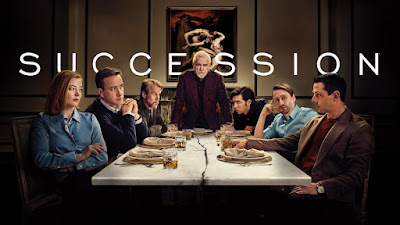Musings about Leadership, Decision Making, and Competitive Strategy
Tuesday, March 22, 2022
Sucession Problems? Howard Schultz Returns as Starbucks CEO... Again
Friday, March 18, 2022
Negativity Bias: Conservatism in Funding Novel Projects?
 |
| Source: capital.com |
Using quantitative and qualitative measures, we found a clear and
reproducible pattern: Negative information had a much stronger effect on people’s
attention, information processing, and behavior, consistent with the negativity
bias found in other domains (Baumeister et al. 2001, Rozin and Royzman 2001). Qualitative
comments accompanying the evaluators’ decisions to adjust their scores suggest
that, as a result of exposures to critical information, evaluators devoted
greater attention to evaluation-criteria-specific tasks, such as scrutinizing
the proposal for critiques and weaknesses. In contrast, exposures to neutral
and higher scores led to shorter comments, with a greater focus on
non-criteria-specific aspects of evaluation, such as confidence in their
judgment or achieving consistency with the other reviewers, which did not prompt
additional information processing of the evaluation task at hand. Thus,
provided with the opportunity to deliberate and influence each other,
evaluators are more likely to focus on proposal weaknesses than strengths. This
asymmetry suggests that reviewers are more concerned with false positives
(i.e., type I errors) than false negatives (i.e., type II errors), as the
furnishing of negative information weighs more heavily on reviewers’ decisions
than positive information of comparative magnitude. This finding may help
explain what many see as “conservatism bias” in funding novel projects, which
has conjured slogans such as “conform and be funded” and “bias against novelty”
(Nicholson and Ioannidis 2012, Boudreau et al. 2016). If the risk of proposals
is associated with their weaknesses, then, relative to independent evaluations,
postsharing evaluations favor more conservative projects. These decisions, in
turn, directly shape the disruptiveness of innovation occurring at the
knowledge frontier.

